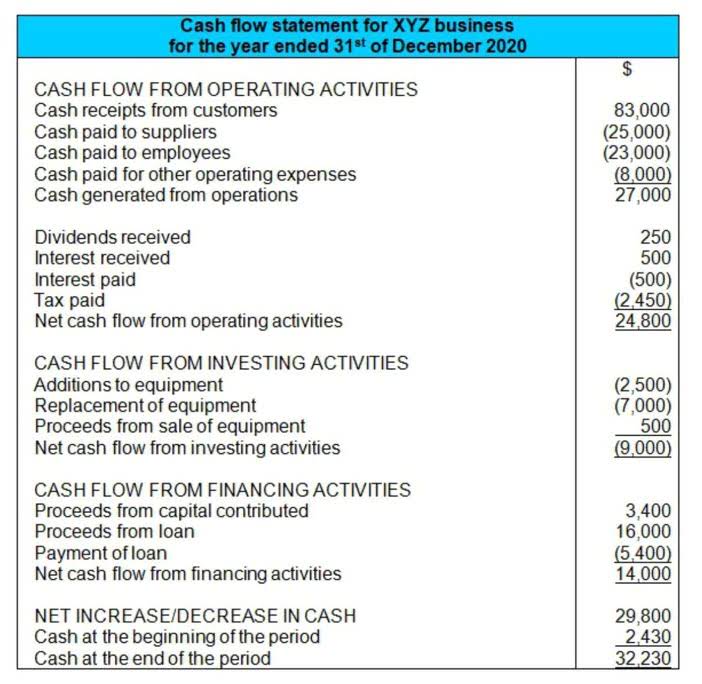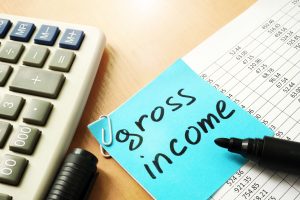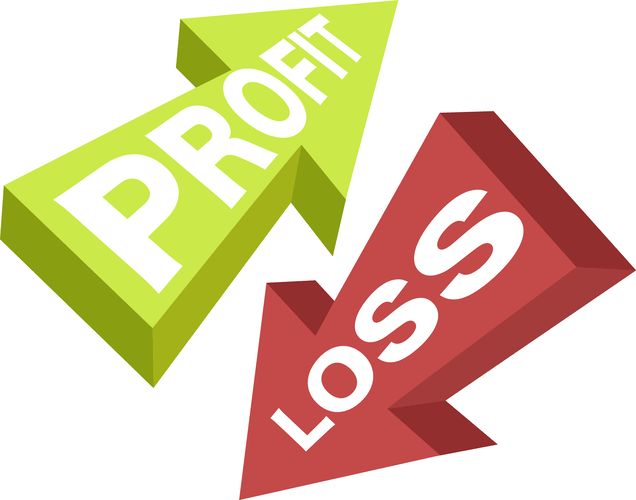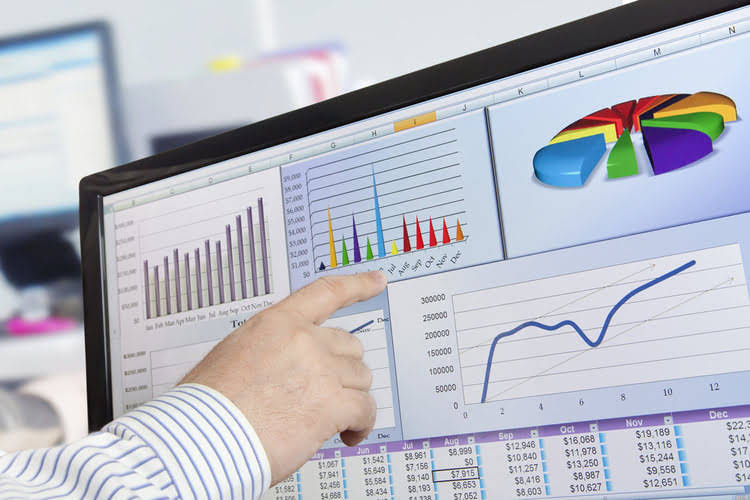Retail Accounting Basics: Understanding the Retail Inventory Method
It helps ensure products are available to meet customers’ demands without overstocking, balancing cost efficiency with product availability. By doing periodic manual counts, your business can verify inventory accuracy. While full physical counts can be seen as time-consuming, they help uncover major inventory issues such as shrinkage, stock misplacement, or incorrect product labeling.
Roles and Skills Required in Warehouse Management
- This means that even without knowing the exact cost of each item, you can still estimate that your ending inventory is worth PHP 100,000 at cost.
- The turkey item was one of the lowest-weighted items within the meat class and the lowest-weighted within poultry.
- In this inventory costing method, you’ll calculate inventory value, considering that the goods you acquired last are the first ones you sell.
- Recording all income and expense transactions accurately is essential for accounting.
As the prices of the various items change over time, so does the total cost of the basket. A retailer can efficiently manage inventory by using a retail inventory management system to track stock levels, optimize stock replenishment, and prevent overstocking or stockouts. The weighted average method considers the average cost of all items purchased in different batches if the price in each batch varies. Inventory retail accounting management is one of the biggest challenges for retail businesses. Statistics say retail business in the U.S. has only 63% of inventory accuracy, leading to stock replenishment errors. Some businesses, especially small ones, still have to use manual inventory operations to have more control over their stock.
First in, first out (FIFO) accounting method
Point of sale (POS) inventory management tools allow you to track your ongoing promotions and adjust pricing strategies dynamically. In this guide, we explore why retail inventory management systems — including POS cloud solutions — are becoming essential tools for retailers of all sizes. Now, let’s focus on monitoring and updating inventory levels and discover what retail accounting techniques are there to better manage your stock. Retail businesses juggle numerous transactions daily, making record-keeping a potential challenge. Managing a vast amount of data on expenses, income, and inventory can be overwhelming.
Inventory Management
- These features work together to streamline inventory management, helping you keep costs down while maximizing the value of your stock and making your business more efficient and profitable.
- The basket contents and changes between years should be interpreted only as representative items used in estimating consumer price changes.
- Our partners cannot pay us to guarantee favorable reviews of their products or services.
- The weighted average method considers the average cost of all items purchased in different batches if the price in each batch varies.
Retail accounting may give wrong results if you sell items with vastly different prices, as the methods may not reflect the true inventory value. Synder provides you with the tools to manage your own accounting and helps simplify the entire retail accounting process. By automatically generating accurate P&Ls, reconciliation, and routine tasks, you have all the necessary information to make important business decisions in minutes. For example, if a grocery store consistently marks up items by 50% of the wholesale price, this method is effective. However, if the markup percentage varies greatly, such as 10%, 25% or 40%, then it’s more difficult to use the retail method accurately.
- Managing a vast amount of data on expenses, income, and inventory can be overwhelming.
- Complete frequent, partial stock checks to maintain up-to-date records.
- You can also use data-driven insights to negotiate better supplier terms and reduce overhead costs.
- Retail accounting has some upsides that make it a helpful way of valuing your inventory.
Specific Identification Method
By creating a smooth return process and tracking customers’ return reasons, you can identify recurring product issues and adjust purchasing or quality control strategies accordingly. If you need a hand in creating a custom retail solution for your business, contact us, and our experts will help you streamline your accounting with the latest technology. Turn that into a percentage, and you get your final cost to retail ratio of 84%.
Weighted Average
In other words, retail accounting is a way of tracking inventory costs that is especially simplified compared to the other available methods. Additionally, POS inventory management enables seamless communication between sales and inventory, reducing discrepancies and potential overhead. Retail inventory management involves overseeing the ordering, storing, and tracking of a retailer’s inventory.
To work out your Total cost, you must multiply your product cost by how many products you have and then add any additional stock purchases again by multiplying your new stock amount by the purchase price. Barcode scanning is beneficial during busy periods, such as sales events, when keeping track of stock is crucial. Tracking inventory amounts is essential for maintaining a smooth operation and avoiding costly surprises.
- If you’re juggling multiple inventory items, streamline purchasing by defining a clear procurement workflow, including vendor selection, order approvals, and inventory thresholds.
- FIFO method, when calculating the cost to acquire, considers that from all the batches you purchased for a given period, you’ll sell items from the oldest one.
- This simplifies calculations and reduces the need for physical stock counts.
- While LIFO can be beneficial during periods of inflation due to lower taxable income, it may not reflect the true cost of goods sold accurately.
- But depending on the needs of your business, the drawbacks may outweigh the speed and ease of the retail method.
- Any changes in the accounting method you use must be approved through the IRS, generally by filing Form 3115.
- Despite its advantages, retail accounting is not without its challenges.
Step 4: Determine ending inventory at retail price
Retail accounting focuses on selling finished products and understanding margins, markups, and inventory valuations suited to a retail environment. Retail accounting is a method of valuing inventory and measuring business performance tailored specifically to retailers. It focused on understanding the cost and value of goods you buy and sell, helping you figure out if your pricing is profitable, your inventory is balanced, and your expenses are under control.
What does an accountant do in a retail store?
Accounting software keeps track of all of your finances, including purchase and sales orders, created invoices, accounts receivable, and accounts payable. Most modern solutions will integrate with your POS system for coordinated inventory and cost tracking. The best accounting software also helps you fill out important financial documents, like income statements, balance sheets and cash flow statements. Accounting programs often assist with accuracy and can be a good way to organize your financial information.
How To Calculate Tax Revenue: A Quick Overview Of Tax Revenue Calculation
Schedule physical inventory counts during non-peak hours or slower seasons to minimize disruptions. Store inventory management software can provide reports to facilitate these counts and reduce labor-intensive efforts. A structured purchasing system helps you prevent overstocking and replenish stock in a timely manner. With retail inventory software you can set up automated alerts and purchase orders to maintain optimal stock levels. If you’re juggling multiple inventory items, streamline purchasing by defining a clear procurement workflow, including vendor selection, order approvals, and inventory thresholds.
With features like low-stock alerts and automatic reorder suggestions, the store can efficiently manage its inventory without constant manual checks. Unless you prefer to calculate inventory manually, the best way to track the inventory in stock is with the perpetual method. This method allows you to keep track of the items you sell as changes occur with a fully integrated point-of-sale (POS) system. You can do it manually, but it will be very time consuming, or it can be done using specialized software, making it easier to identify loss, damage, or theft. In this case, it would end up being $4.75 divided by 70 dice, or approximately 7 cents per die. You know you sold 50 dice, so you match the number of items sold to the average cost of 7 cents, which is a total of $3.50 for the cost of goods sold and $1.40 for ending inventory.









